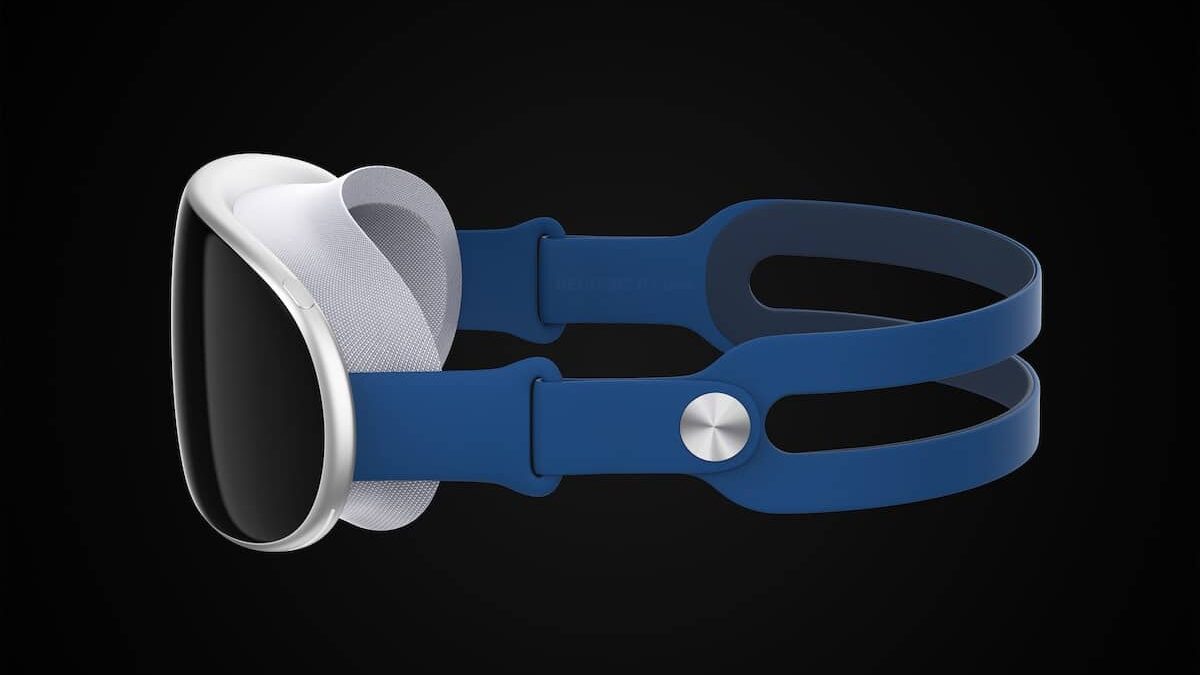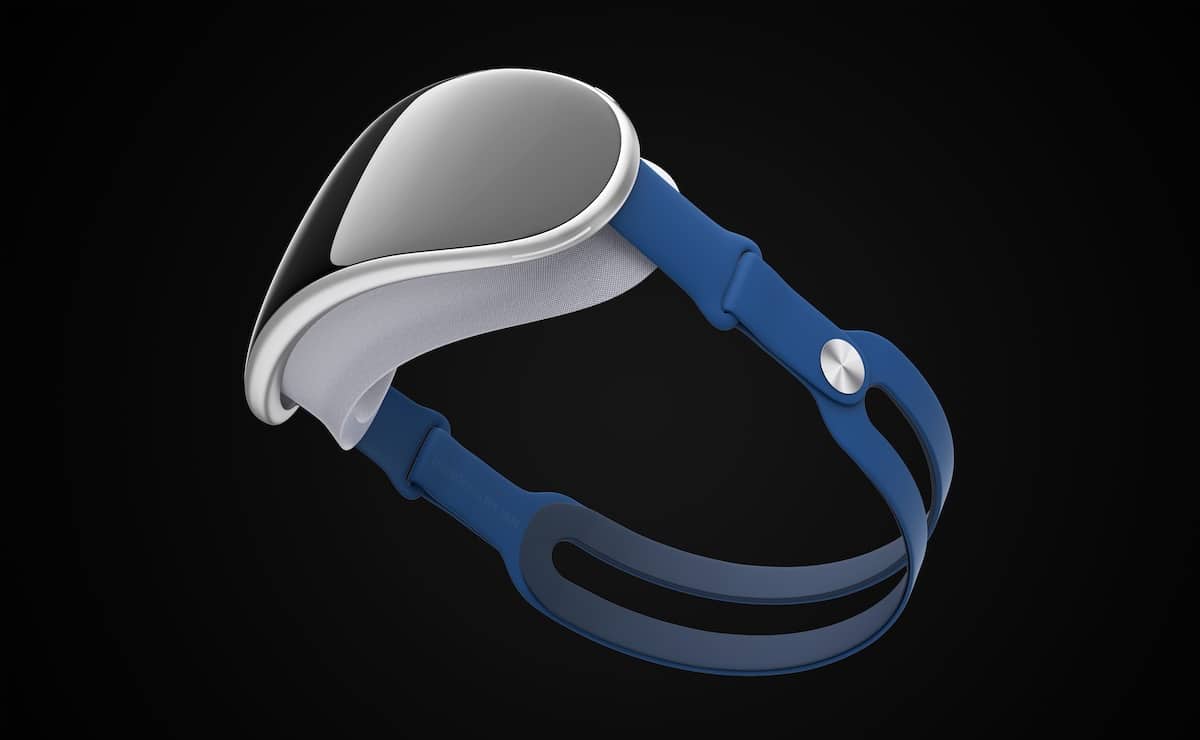As the debut of Apple’s long-rumored AR/VR headset painfully inches closer, a new report today suggests that its display will feature LG’s OLEDoS technology.

The outer screen of Apple’s AR/VR headset will be provided by LG Display
As reported by The Elec, LG Display and Samsung Display are working on releasing OLED on silicon (OLEDoS) and LED on silicon (LEDoS) technologies. As per the report, the Cupertino tech giant will be adopting LG’s OLEDoS for its mixed reality device. LG Display’s OLEDoS technology will be used on the outer screen of the headset while the inner screen will be provided by Sony.
OLEDoS and LEDoS microdisplay technologies utilize silicon substrates to create high-quality displays with thousands of pixels fitting in every inch. Though Sony is considered to be the top player in OLEDoS production, Samsung and LG are making moves to gain a larger share in the market as well.

As for Samsung Display, it plans to supply OLEDoS panels with a 3000ppi display and a brightness feature of 10000 nits to Samsung Electronics in 2024. Samsung Display is aiming to achieve a resolution of 6000 to 7000ppi.
Yesterday, TF Securities analyst Ming-Chi Kuo outlined his predictions about Apple’s upcoming mixed-reality headset. The analyst believes the device will arrive in January 2023 and Apple is preparing to ship less than 1.5 million units of it since it is a new market for the company.
As of right now, we know that Apple’s mixed-reality headset is expected to feature two M1-like chips which will power three displays that use Fresnel’s hybrid ultra-short focal length lenses.
Apple is creating the product for short periods of use. In terms of price, it is expected to cost several thousand dollars since the first-generation headset will be higher-end, aimed at professionals and developers to expand Apple’s ecosystem in AR/VR. The second, more affordable device will launch by 2024 or 2025.
The second-generation headset is expected to feature Samsung’s microOLED display. In the past, Samsung Display was not interested in developing microdisplays due to concerns about low profitability. However, with major companies like Apple and Meta looking to develop their own mixed-reality devices, Samsung is reportedly reconsidering its stance.
Read more: